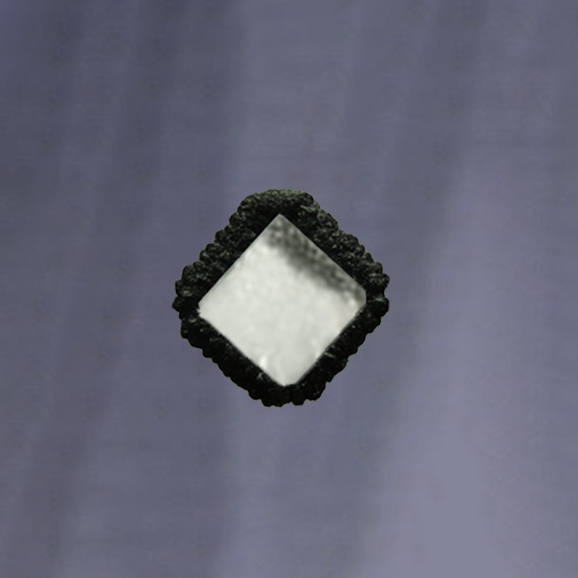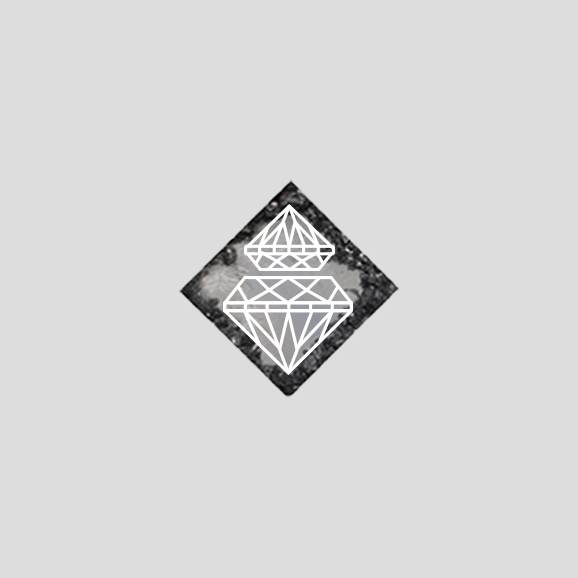Manufacturing
The process of making a lab-grown diamond begins with a seed. A seed is a small piece of diamond that is placed in a container and heated to around 1,400 degrees Celsius (2,552 degrees Fahrenheit) for two weeks. This process turns the carbon atoms in the seed into graphite and pure carbon vaporizes out of the container. The vaporized carbon cools and becomes microscopic diamond crystals called "diamond seeds".
Growth Process of Lab Grown Diamond

A CVD diamond begins as a thin slice of diamond seed.

Putting the seed in a sealed chamber filled with carbon-rich gas and apply heat and pressure.

The gas molecules break apart, and carbon atoms attach to the seeds and grow layer by layer.

Preciuos and higher quality Lab Grown Diamonds is ready.
 Manufacturing Process
Manufacturing Process

 Manufacturing Details
Manufacturing Details

1. Planning
Diamond manufacturers dissect diamond rough from an profitable perspective, with two objects steering opinions made about how a faceted diamond will be cut. The first ideal is that of maximum return on investment for the piece of diamond rough. The alternate is how snappily the finished diamond can be vended. Scanning bias are used to get a 3-dimensional computer model of the rough gravestone. Also, eliminations are mugged and placed on the 3D model, which is also used to find an optimal way to cut the gravestone.

2. Cleaving
Cleaving is the separation of a piece of diamond rough into separate pieces, to be finished as separate gems. During the planning stage, diamond manufacturers identify fractionalization aeroplanes, and use those aeroplanes to decide how to resolve the diamond. Diamond manufacturers cut a groove in the diamond with a ray or aphorism, and also resolve the diamond with a sword blade. Sawing is the use of a diamond saw or ray to cut the diamond rough into separate pieces. Unlike adhering, this step doesn't involve fractionalization aeroplanes. This step gives diamonds their original shape.

3. Bruting
Bruting is the art of cutting a diamond round. In the ultramodern period diamonds are rounded using either a ray, a diamond fragment saturated with diamonds, or two diamonds cutting against each other. Artificial diamonds can also be used for bruting a diamond round. Ultramodern computer software measures the roundness of each diamond and ideal cut diamonds have to round within a tenth of a millimeter to qualify as an excellent cut diamond.

4. Polishing
is the final polishing of the diamond. In a diamond plant, one would find diamond crossworker who first places the main angles on a diamond ( blocking the diamond). This is done to insure maximum weight, clarity and stylish angles for the specific shape of diamond. After original crossworking is complete, the diamond is perfected by smoothing the main angles by the crossworker, which is known as polishing the diamond. After the main angles have been polished by the crossworker, the final angles are polished onto the diamond by a brillianteer. The angles added are the stars, top and nethermost halves are also known as upper and lower belt angles.

5. Grading
The process of maximizing the value of finished diamonds, from a rough diamond into a polished rock, is both an art and a wisdom. The final stage involves completely drawing the diamond in acids, and examining the diamond to see whether it meets the quality norms of the manufacturer.
